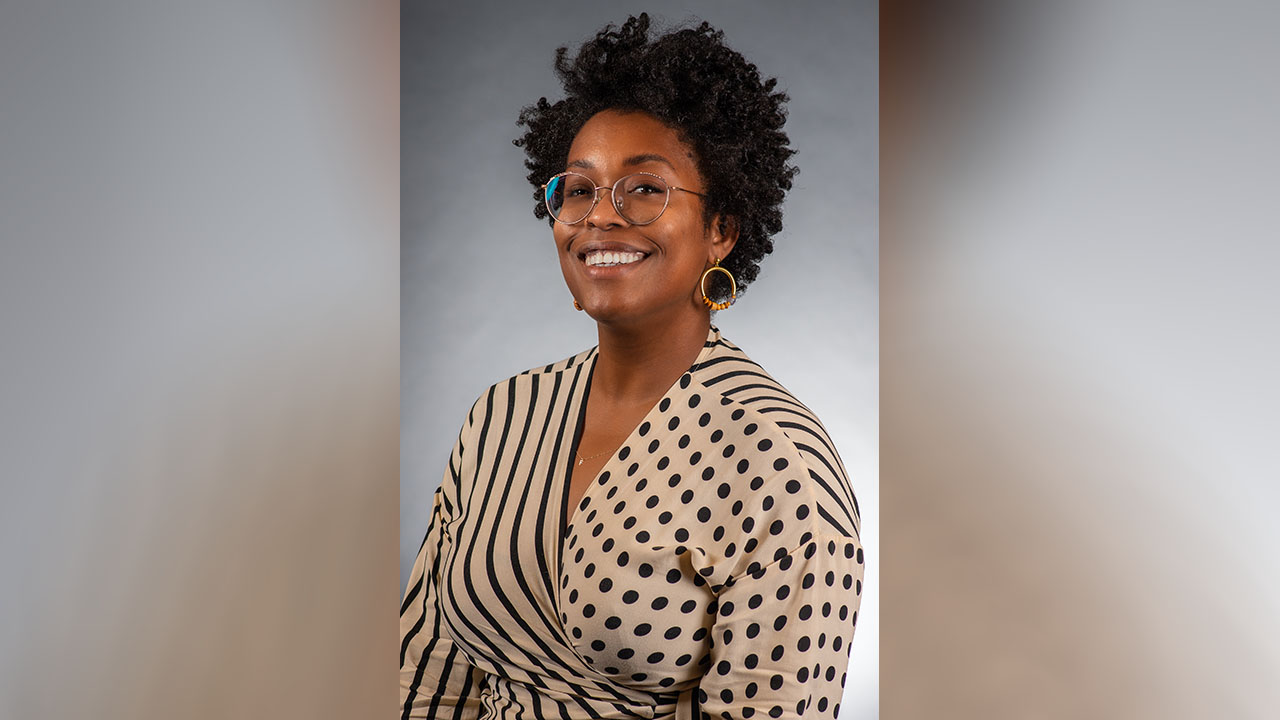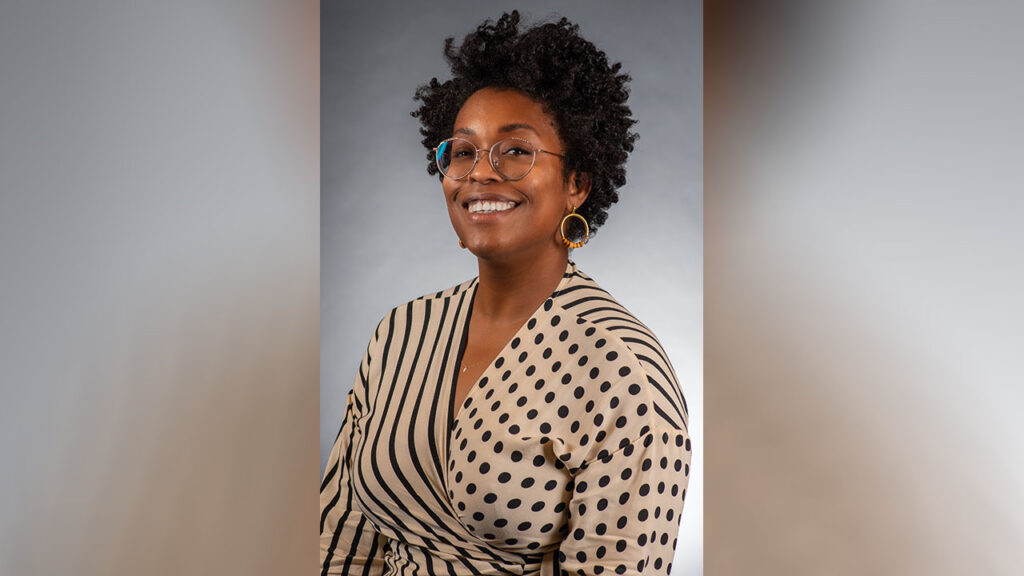This post was originally published on this site
Sponsored cannabis industry news from MJbizdaily.com

Felicia Reid inherited a bona fide challenge when she took over as acting executive director of New York State’s Office of Cannabis Management 10 months ago.
Or, as Gov. Kathy Hochul memorably described New York’s rollout of a recreational marijuana market, Reid inherited a “disaster” – a situation with lawsuits halting retail licensing, an enormous and brazen illicit market, licensed growers sitting on mountains of unsold product and a flawed social equity fund.
But as adult-use legalization in New York turns 4 years old – a generational shift by itself, considering New York City was the “marijuana arrest capital of the world” as recently as 2012 – the market appears to now be on track.
“Running an agency, whether it’s been around for five years or for 200 years, and to do it in an environment where there is no playbook, is not easy,” Reid told MJBizDaily in a Tuesday interview.
“I’m very careful about words like ‘disruptive’ or ‘disruptor’ … but New York chose to approach this industry in a different way, and that was not the status quo.
“And as much as people pooped on it … it has actually shown to be effective.”
How New York’s marijuana industry has improved
And it’s true that, four years after New York legalized adult-use cannabis and two calendar years after regulated sales began, there are significant signs of improvement.
As Reid noted:
- Legal sales continue to grow, with retailers on pace to sell as much as $1.5 billion in cannabis in 2025 – after eclipsing $1 billion in 2024.
- 343 retailers are open for business across the state as of April 2, up from 260 in December 2024.
- A statewide crackdown on unlicensed operators has largely worked as intended to bolster the legal market.
- A previously understaffed Office of Cannabis Management (OCM) now has 230 employees, up from 170, and is also retaining workers with experience processing permit applications.
- Taxes paid by regulated operators are funding $5 million in grants to youth-serving nonprofits in impacted communities.
- A state Supreme Court judge rejected an initial effort by large, vertically integrated medical marijuana license holders to avoid paying a $20 million fee to enter the adult-use market.
- A newly launched Trade Practices Bureau is investigating any alleged violations of state cannabis law by license holders.
New York went all-in on marijuana social equity
As for exactly what went wrong to begin with?
There are competing analyses, and Reid accepts most, if not all, of them.
“Everyone’s got their own version of what is true, and somehow, even when it conflicts, it’s all correct, right?” she said.
State lawmakers admittedly set the bar very high when the Marihuana Regulation and Taxation Act (MRTA), signed into law in March 2021, promised to create the most equitable cannabis market in the United States.
Telling the big marijuana MSOs holding the state’s existing MMJ licenses that they must wait until smaller, justice-impacted businesses opened before they could join the market created difficulties for New York that other states avoided.
“I definitely appreciate the challenges the prior administration had in all of that,” Reid said.
But, she added, “I will never say that the approach to equity was the problem.”
And over the longer term, New York’s commitment to prioritizing the licensing of justice-impacted retailers through the Conditional Adult-Use Recreational Dispensary (CAURD) program as well as the Community Grants Reinvestment Fund have proved their worth in terms of delivering tangible gains as well as demonstrating the state meant what it said when it said it was equity-first.
“It’s kind of putting money where your mouth is,” Reid said.
“You hear a lot from government about the promises they make, and long term, it ends up being lip service.”
“We actually want to make this real for the communities who have suffered under prohibition.”
Subscribe to the MJBiz Factbook
Exclusive industry data and analysis to help you make informed business decisions and avoid costly missteps. All the facts, none of the hype.
What you will get:
- Monthly and quarterly updates, with new data & insights
- Financial forecasts + capital investment trends
- State-by-state guide to regulations, taxes & market opportunities
- Annual survey of cannabis businesses
- Consumer insights
- And more!
New York faces same issues as other markets
Critics contend that some of the same problems facing other regulated marijuana markets are readily apparent in New York.
Those include competition from hemp-derived THC, questionable THC-potency results produced by commercial cannabis testing labs, and the “inversion” of marijuana smuggled from out of state into licensed stores.
Few operators would say everything is working perfectly. And that’s an assessment Reid wouldn’t dispute.
The state is still working to implement a seed-to-sale tracking system, which state law requires but isn’t yet up and running.
And there are still many pending cultivation license applications from a December 2023 queue that the OCM has yet to process.
For some of those applicants, disappointment is guaranteed.
With an estimated 6.5 million square feet of canopy space currently permitted for the 2025 growing season – most of that is spread among 195 licensed cultivators and 229 microbusinesses – the OCM wants to “slow the pace” of new cultivation approvals pending the outcome of this year’s harvest.
That’s how the state will slow the flow of inverted cannabis while also avoiding the fate of other states where farmers went out of business after a flood of oversupply crashed prices.
“We do have a lot of room to expand on the retail side,” she said. “On the supply side, we do have to be a bit more careful.”
In the meantime, the new Trade Practices Bureau will crack down on licensees skirting the rules in the same way law enforcement has padlocked illicit sellers.
“It’s a mixed-market economy,” she said, referring to the combination of social equity and general licensees, “and in that environment, folks are always going to try to take advantage and find a leg up.”
Chris Roberts can be reached at chris.roberts@mjbizdaily.com.
Sponsored cannabis industry news from MJbizdaily.com
New York’s marijuana chief believes $1.5 billion in sales is possible in 2025











Leave a Reply